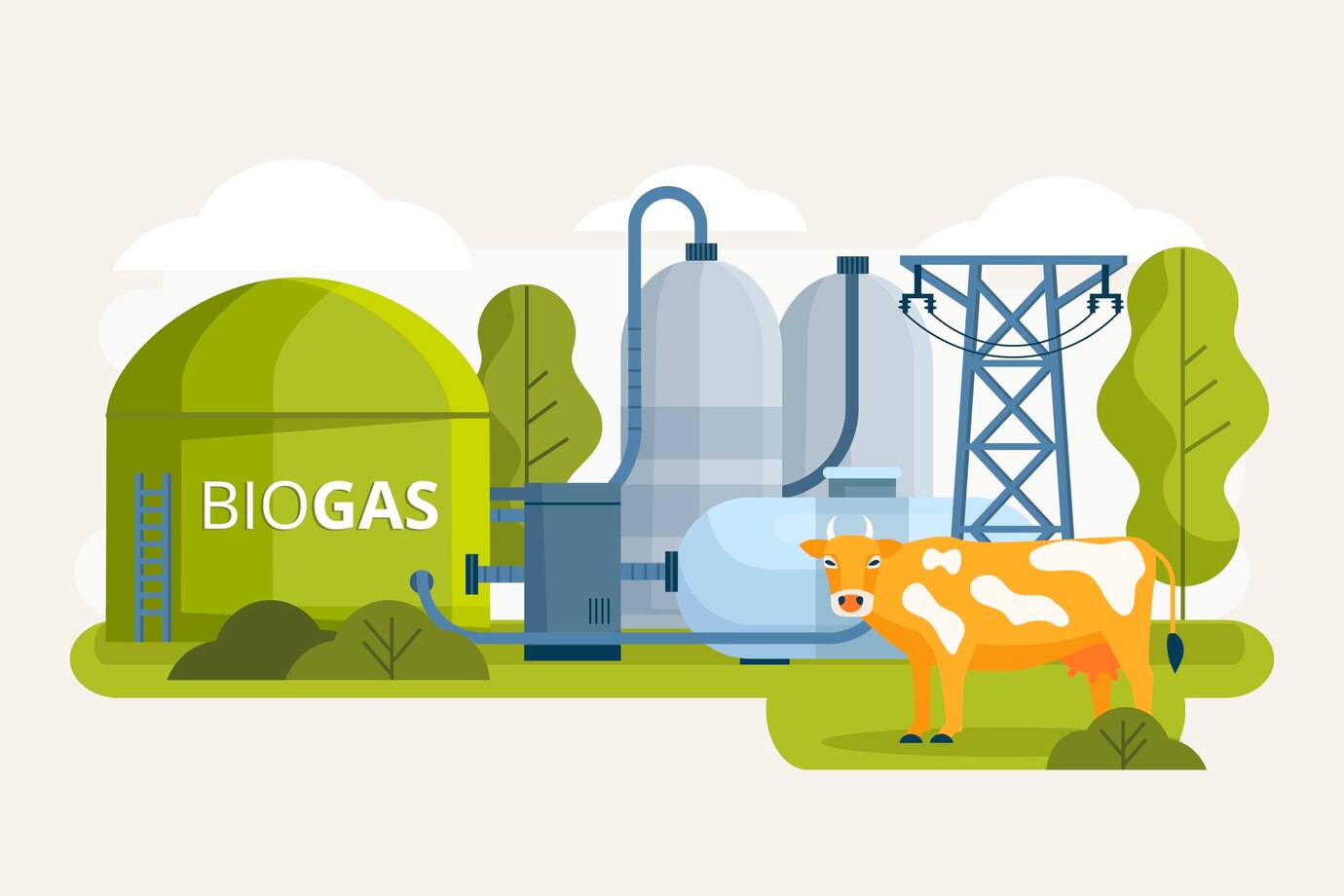
Exploring the Role of Biomethane in Tomorrow’s Gas Economy
Does Biomethane Have a Place in Tomorrow's Gas Economy?
The Russia-Ukraine crisis has disrupted the flow of oil, coal, and gas, making a tenuous situation much worse for energy markets, especially in Europe and the United States. To mitigate further disruption of supplies from Russia, countries are now working in concerted efforts to look for alternative energy sources. Renewable natural gas is emerging as a favorite alternative among major economies, sustainability-conscious investors, and environmental players concerned with the role of fossil fuels in global warming. This blog focuses on exploring America's renewable natural gas potential.
What Is Renewable Natural Gas?
Renewable natural gas (RNG), or biomethane, is a pipeline-quality gas that is fully interchangeable with fossil gas and used to power natural gas vehicles. RNG is a biogas because it is a product of decomposing organic matter processed to meet high purity standards. We can use biomethane as a transportation fuel in the form of liquefied natural gas (LNG) or compressed natural gas (CNG). Before use, biomethane becomes purified and conditioned to eliminate or minimize non-methane elements.
How is RNG produced?
There are two broad ways to produce RNG: "passive" production and "active" production. Passive production involves the systematic collection of biogases from naturally occurring processes. Active production entails using chemical reactions engineered to produce the gas from the appropriate feedstock. Some common passive production sources include:
- Landfills: Biogas from landfills is referred to as landfill gas (LFG). It occurs from digestion processes taking place in the ground without a need for an anaerobic digester. In 2021, there were approximately 548 operational LFG projects in the U.S.
- Livestock operations: Biogas recovery systems at livestock operations are another viable RNG source. Typically, animal manure feeds into an anaerobic digester for methane production. The resulting biogas is processed and cleaned into RNG and used to produce electricity and fuel natural gas vehicles. In 2017, the U.S. had 250 anaerobic digester systems across commercial livestock farms.
- Wastewater treatment: Biogas is also produced by digesting wastewater treatment solids. The U.S. is home to 16,000 wastewater treatment plants (WWTPs). A recent study by the National Association of Clean Water Agencies reveals that energy generated at U.S. WWTPs can meet up to 12% of U.S. electricity demand.
- Other sources: There are other sources of biogas, including organic waste sourced from industrial, institutional, and commercial firms, such as supermarkets, restaurants, hospitals, and educational facilities.
Why Is Biomethane an Alternative to Fossil Fuels?
The following are some reasons biomethane is an alternative to fossil fuels:
- Energy independence: As mentioned earlier, the overdependence on foreign energy sources is proving unsustainable because of the constant disruptions of geopolitical factors and other unforeseen shocks, such as the recent COVID-19 pandemic. Unlike fossil fuels, biomethane can be produced locally, thus eliminating vulnerability to disruptions in the international energy supply market.
- Reduced carbon emissions: Compared to fossil fuel use, biogas use can help reduce emissions by up to 90% over the entire life cycle. Specifically, a 2019 study by Lyng and Brekke reveals methane use in heavy transport has the potential to reduce carbon emissions by 50%. This ultimately reduces environmental impact, which further helps mitigate global warming.
- Sustainability benefits: The organic matter used to produce biomethane is indefinite. It is also widely available in substantial amounts across the world, regardless of location and weather conditions. RNG can complement other alternative sources of renewable energy, such as solar and wind energy.
- Low production costs: The water organic matter used to produce biomethane is available for free. Additionally, it does not require a huge investment, and the application of innovative technology to harvest biomethane from decomposing organic matter is available.
Does Biomethane Have a Place in the Future U.S. Gas Economy?
The American Gas Association has roped in RNG as a major emissions reduction opportunity in its strive to reach net zero emissions by 2050. However, experts say to achieve this target, there needs to be an aggressive scale-up of both passive and active production of RNG. With the revelation that landfills, food waste, animal manure, and wastewater have a combined potential of just 7% of U.S. natural gas consumption, there is a need to address some key production barriers, including the availability of feedstocks and capital costs to make biomethane projects sustainable.
Aegex Technologies Helps the Oil and Gas Industry Reduce Greenhouse Gas Emissions
The current oil and gas supply disruptions amid the ongoing Russia and Ukraine war have forced major economies to consider alternative energy sources to cut their overdependence on foreign sources. RNG is emerging as a favorite alternative to fossil fuels because of its wide availability, lower production costs, and higher sustainability. However, production barriers, such as feedstock availability and capital costs, need to be addressed to make this project viable.
Aegex Technologies provides innovative solutions to help the oil and gas industry reduce its greenhouse gas emissions and meet net-zero targets. Aegex's NexVu IoT solution features smart sensors, endpoints, and radios to detect and monitor leaks without the need for human intervention. The aegex10 Intrinsically Safe Tablet is a Windows 10-powered platform that provides data-driven predictive maintenance insights to boost your preventive maintenance efforts in your entire supply chain system. Contact us to learn more.
